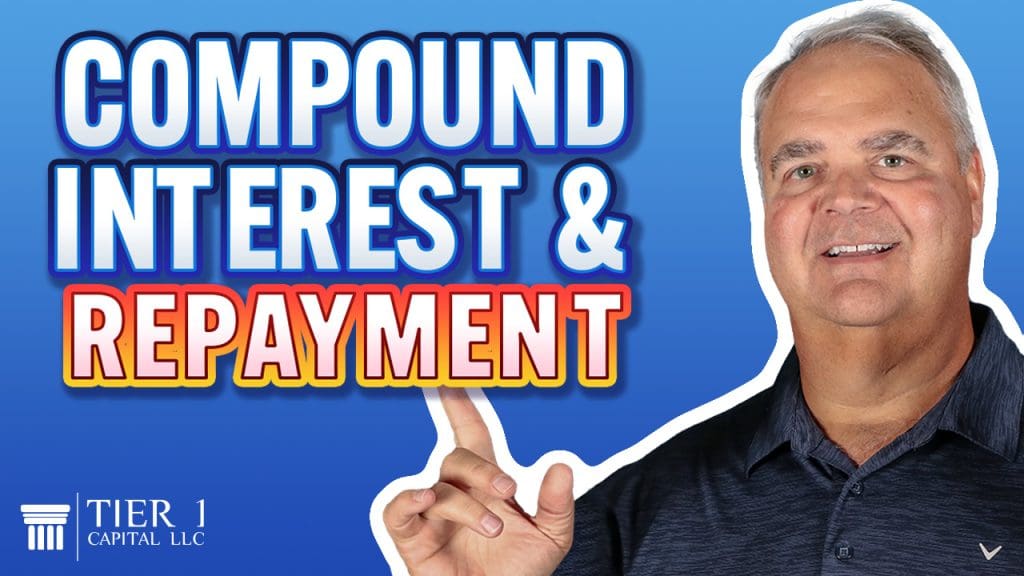
Sometimes money concepts could feel complex, especially compound interest versus simple interest, and how they impact your life insurance policies. Interest is a very complex topic, the further you dig into it, the more complex it gets.
Every once in a while, we’ll hear that life insurance policy loans are calculated on a simple interest basis, and that’s not exactly the case. Let’s take a step back and look into the difference between compounded interest and simple interest.
Compound interest is where you calculate interest on your principal balance, plus the interest. Simple interest is interest that is calculated only on the principal balance.
An example of simple interest would be a $10,000 deposit into a CD and it’s earning 4% interest. If it was calculated on a simple interest basis, you would receive $400 per year for the duration of the CD. Looking at this, we’d have a $10,000 balance, and the interest would only be calculated on that balance. Within those three years, we would only earn 1200 dollars worth of interest.
Now, when you compound interest, you’re earning interest on your principal, plus the interest that you earned. At the end of that three-year period, you actually earn an additional $48 and change because you’ve been earning interest on your interest.
But let’s translate it into how it affects our policy loans and paying back those policy loans, and how interest is calculated over the policy year.
Most life insurance companies calculate the loan interest due in advance. Basically what that means is you will be charged interest at the time of the loan if your policy anniversary date was today and you took a $10,000 loan and the interest rate for borrowing was 5%, your loan balance would be $10,500 because they charge you the interest in advance.
Another caveat with life insurance policy loans is, that as you make loan repayments, those repayments go towards reducing the principal of the loan, not towards the interest being charged on the loan. That’s why in many cases at the end of your policy year, you’ll get a bill for loan interest that may be due whether or not you’ve been paying on that loan all throughout the policy year.
Now you do have the option as to whether or not you want to repay that loan interest. If you don’t, it will accrue onto the loan balance and become part of that principal after your next policy anniversary. If we step back, this makes sense, you are actually in control of the repayment process. The insurance company charges the interest. The decision as to when and how you pay that interest is completely up to you.
Let’s look at an example of what this would look like.
Let’s say you borrowed $1,170 against your policy cash value via the loan provision, and you wanted to pay it back at the rate of $100.16 over 12 months. Assuming 5% interest is charged. A simple way to figure out the loan repayment is to use an amortization calculator.
With this, we’re able to see that we paid back $1,201.92, which is $31.92 of interest over that year. This could be calculated simply through the amortization calculator. However, the insurance company views things through a different lens. You’re working off of an amortization schedule based on $100.16 payable each month. But the insurance company looks at it from the perspective of saying, okay, we’re going to charge you 5% interest on the principal, $1,170, and you’re going to be paying this loan back at the rate of $100.16.
When you make your last payment. The insurance company will refund you any unused interest, meaning when you pay it back, you might pay it back in 11 months and 22 days and they will refund you the eight days of unused interest.
If you’d like to learn exactly how to put your life insurance policy to work for you, your business, or your family, check out our free web course. The Four Steps to Financial Freedom.
And remember, it’s not how much money you make, it’s how much money you keep that really matters. We’ll see you in the next one.
